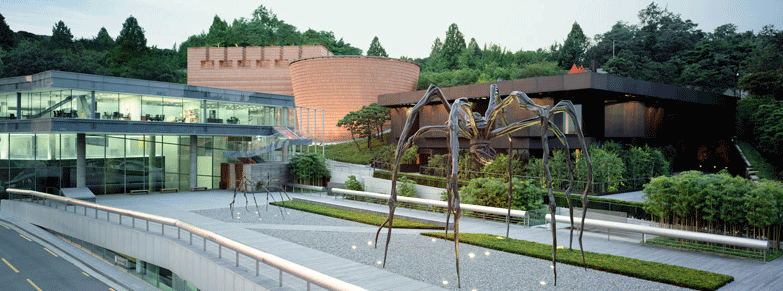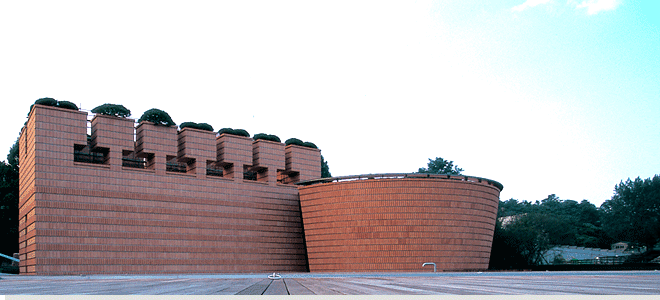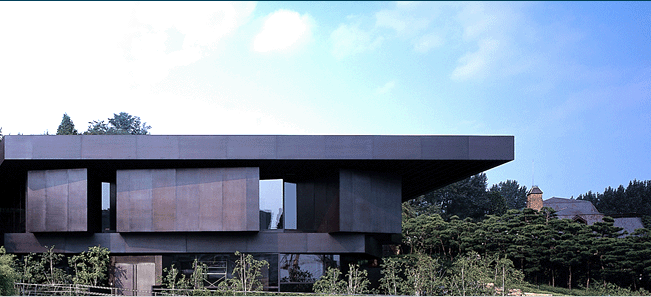Happy Friday folks~!
The past few days has been
HOT HOT HOT!!! Luckily we had rain yesterday evening to give us a pretty good start today :)
....which brings me to today's building. The
Fire Station #12 in College Park, MD.
(Thank you Tom Williams for today's blog!)
Located inside the DC Beltway about a half mile north of the main entrance to the University of Maryland, College Park campus, on U.S. Route 1.
Let me first tell you that I like this building. With all the bad civic architecture out there (like Bowie’s brand new City Hall), I happen to think this one is rather nice.
The building’s parti is simple: T-shaped in plan, the offices, training rooms, breakrooms are all located in the top of the “tee” (shown in the first photo below). The truck storage bays with dorms above are located in the leg of the “tee”.
A few things that I don’t think work so well:
· -The hallways are too narrow.
· -The building is shoe-horned onto a really tight site – it would have been better served if more land could have been acquired.
- Regrettably, the chimney bookends are fake, but they are a purposeful design element that recalls the architecture of the buildings on the university campus located directly across the street.
But despite its very few flaws, here are some things that do work well:
· - The building has a commanding handsome presence, appropriate for the function it serves.
· - The building is appropriately scaled – both in context with its surroundings (mostly residential and low, one and two-story commercial) and the fact that it is a civic building.
· - The building’s entrances are clearly articulated – one entrance is clearly visible in the first image below.
· - The building’s site design separates pedestrian and vehicular traffic patterns.
· - The balconies and outdoor patio areas are “nice-to-have” features which allow building occupants to bring in the outdoors once in awhile, or perhaps step outside for a breath of fresh air.
· - Palette: The color palette is rather restrained, but the building materials have been selected for their long-lasting, low maintenance, abuse-resistant characteristics – brick with precast concrete shapes, standing seam metal roof, and porcelain ceramic tile.










































